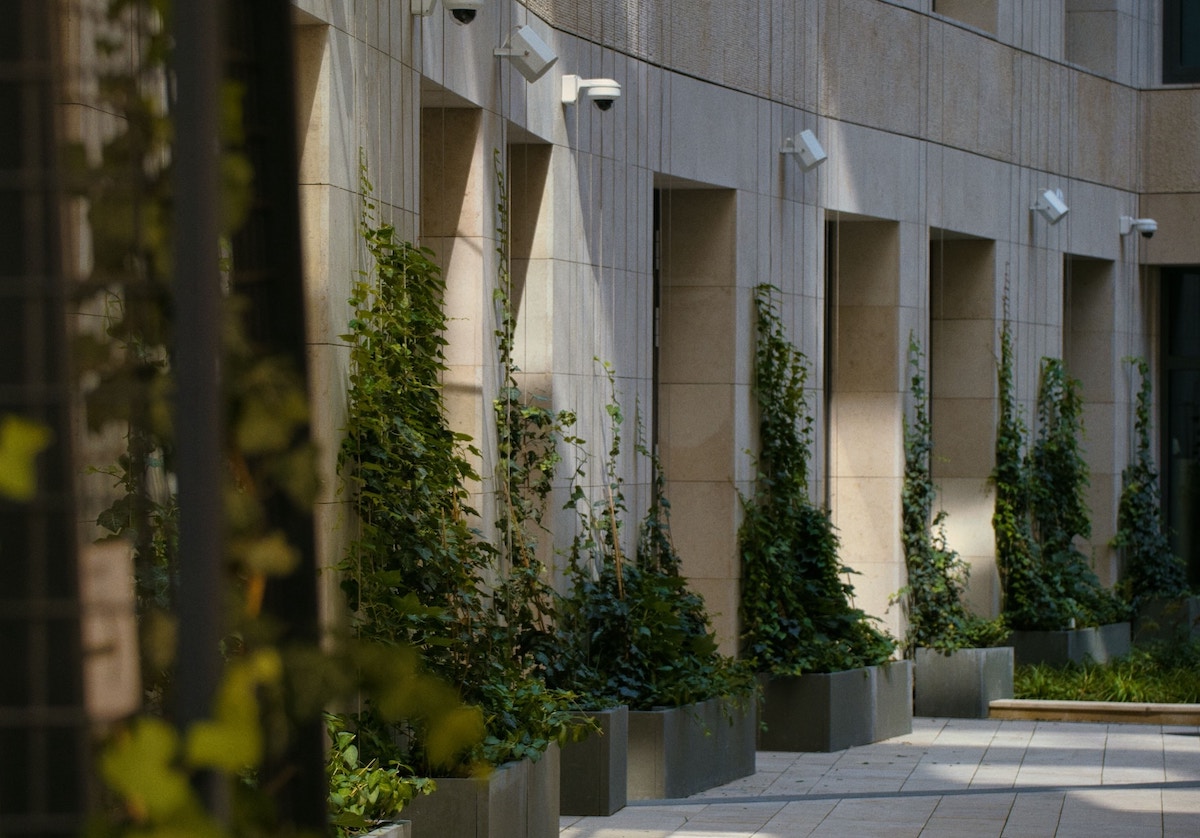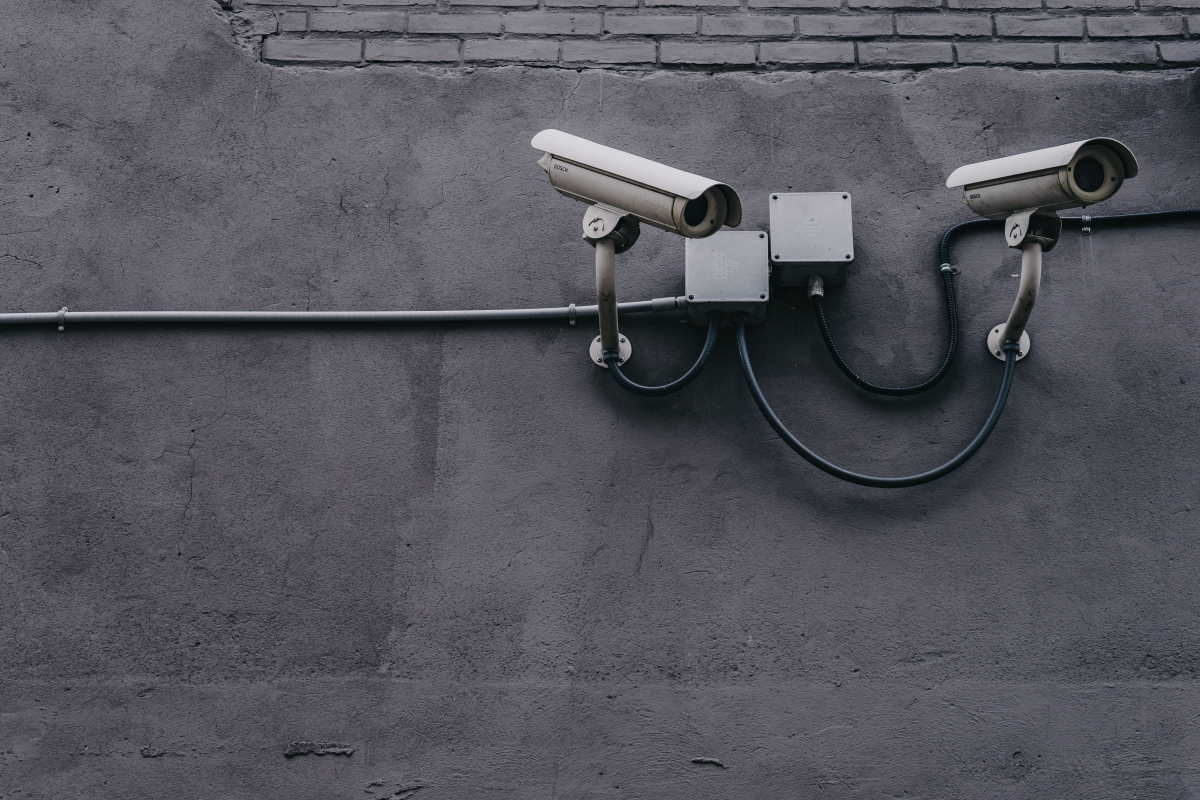Video surveillance has become essential in today’s society, quietly guarding homes, businesses, and public areas. The preface of artificial intelligence has greatly changed video surveillance, bringing advanced features and ethical challenges, unlike the introductory security handed by traditional CCTV cameras.

The Promise of AI Video Convenience
AI-driven video monitoring systems use sophisticated algorithms to analyze live video feeds, detecting patterns, irregularities, and possible dangers that human eyes might overlook. This increased alertness leads to improved security procedures, enabling proactive actions and quicker responses in urgent circumstances. An example of this is how facial recognition software can quickly identify people on a watchlist, and object detection algorithms can recognize suspicious behavior or potential safety risks in busy places.
However, this progress in technology raises some worries. The growing use of AI in video surveillance poses significant concerns about privacy and civil rights. The potential for misuse and abuse is created by the capability to monitor individuals in real-time, analyze their actions, and store large amounts of personal information. The secretive workings of numerous AI algorithms, commonly referred to as ‘black boxes’, heighten worries about data breaches, authoritarian surveillance, and the diminishing of personal privacy.
Advantages of Video Surveillance Enhanced by Artificial Intelligence
In addition to security advantages, AI-driven video monitoring has various practical uses that improve our daily routines. In retail environments, artificial intelligence can examine customer actions, recognize shopping trends, and enhance product positioning to boost sales. AI-powered cameras can identify traffic infractions, enhance traffic patterns, and enhance road safety in transportation. AI in healthcare can help monitor patients, detect possible health risks, and offer remote diagnostic services.
The Ethical Challenges
Nevertheless, the ethical concerns that arise from AI-powered video surveillance tend to outweigh its potential advantages. A main worry is the possibility of algorithmic prejudice, as AI systems based on biased data may continue discriminatory behaviors. This could result in incorrect recognition, tendentious handling, and wrongful apprehensions. Another worry is the possibility of mass surveillance, in which AI-enabled cameras could be utilized by governments or private organizations to monitor the actions and whereabouts of entire communities, diminishing both privacy and the ability to move freely.
Regulation and and Transparency
Dealing with these challenges necessitates a multifaceted strategy. Governments and regulatory agencies should create definite guidelines and ethical frameworks for implementing AI in video surveillance. Transparency and accountability are essential, with clear regulations for data privacy, access control, and the ability to seek redress for any possible misuse.
The Video Surveillance’s Next Step in Technology
Although there are obstacles, the key to the advancement of video surveillance is to utilize AI’s capabilities while reducing the associated dangers. Ongoing advancements in AI algorithms, along with strong ethical guidelines and transparent data management, can help to keep AI surveillance systems beneficial, improving security and safety while upholding essential rights.

Specific Applications of AI in Video Surveillance
- Facial Recognition: Utilizing artificial intelligence, facial recognition technology can swiftly identify people, helping security personnel promptly find suspects, deter unauthorized entry, and maintain public safety.
- Object Detection: AI algorithms are capable of examining video recordings in order to recognize specific items like weapons, questionable packages, or people involved in unauthorized actions. This allows for preemptive action and lowers the chance of possible dangers.
- Analysis of Behavior: AI has the capability to examine patterns of human behavior, recognizing deviations or questionable actions that could signal possible threats. This aids security personnel in prioritizing threats and responding with greater efficiency.
- Predictive Analytics: AI uses historical data to anticipate security threats and suggests proactive actions to prevent them, known as predictive analytics. This enables better distribution of resources and a preventative security strategy.
- Smart Perimeter Security: Cameras enhanced with AI technology can establish virtual boundaries around specific zones, sending notifications in case of unauthorized entry or breach attempts. This improves security measures and offers immediate awareness of the situation.
Conclusion
Video surveillance powered by artificial intelligence is an effective tool with great potential to improve security and enhance our everyday lives. Nevertheless, it is essential to engage with this technology in a responsible and ethical manner, making sure to reap its advantages while also protecting privacy and civil rights. By focusing on transparency, accountability, and ethical standards, we can utilize AI in video surveillance to ensure a safer and more secure future for everyone.